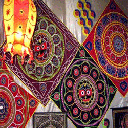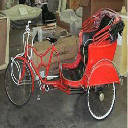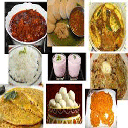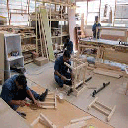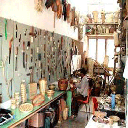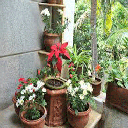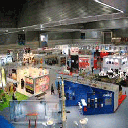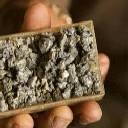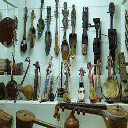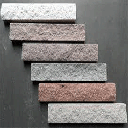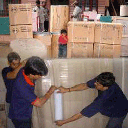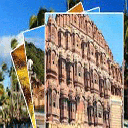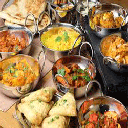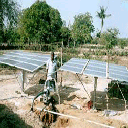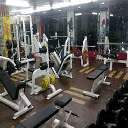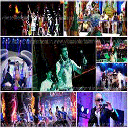Delhi's Indira Gandhi International Airport is connected to all the important cities of the world with almost all the major international airlines operating out of here. Palam Domestic Airport connects Delhi to the major cities in India. Some of the domestic airlines operating regular flights to and from Delhi are Alliance Air Air Deccan, Kingfisher, Jet Airways‚ Go Air, SpiceJet, Indigo
How to reach Delhi by Rail: The Indian Railway with their modern and organized network connects Delhi to all major and minor destinations in India. The city has three major railway stations at New Delhi, Old Delhi, and Nizamuddin. Luxury trains like the Palace-on-Wheels, Fairy Queen, and Royal Orient Express can be taken from New Delhi Cantonment railway station. Rajdhani Express trains connect New Delhi from the state capitals. Shatabdi Express trains connect New Delhi to the neighbouring cities.
How to reach Delhi by Road: Delhi is well connected to all the major cities of India by a network of highways and roads. Buses can be taken from the three Inter State Bus Terminuses (ISBT), at Kashmiri Gate, Sarai Kale Khan and Anand Vihar, as well as many starting points in and around the city, from which various state-managed and privately run transport facilities like airconditioned, deluxe and ordinary coaches operate.
How to travel in Delhi: For travel in Delhi there are buses, the Metro train, auto-rickshaws and cycle- rickshaws. Tourist taxis ply interstate while the yellow and black taxis can be used to commute anywhere within the city Delhi and are safe but relatively expensive. Delhi Transport Corporation (DTC)buses go anywhere in the city and are the cheapest mode of transport. Auto rickshaws are another option, but it is always important to bargain for a reasonable fare. Luxurious special tourist buses are also available with packaged tours to all the tourist attractions in Delhi. The recently introduced Delhi Metro railway line is a convenient and efficient mode of transport connecting all major places within the city Delhi.
Delhi, has seen the rise and fall of many empires which have left behind a plethora of monuments that the grandeur and glory of bygone ages . A city which traces its history to Mahabharata, the great epic tale of wars fought between estranged cousins , the Kauravas and the Pandavas for the city of Indraprastha. Mughals ruled Delhi in succession starting from Qutab-ub-din to Khiljis, Tughlaqs . The city of Delhi passed on to the hands of the British in 1803 AD. It was only in 1911, when the capital of British empire was shifted from Calcutta to Delhi, that Delhi got its present prestige. After independence also, a kind of autonomy was conferred on the capital but it largely remained a chief commissioners regime. In 1956 Delhi was converted into a Union territory and gradually the chief commissioner was replaced by a Lt. Governor. In 1991, the national capital territory Act was passed by the parliament and a system of diarchy was introduced under which, the elected Government was given wide powers; except law and order which remained with the central Government. The actual enforcement of the legislation came in 1993. New Delhi, the capital of India, sprawled over the west bank of the river Yamuna is one of the fastest growing cities in India. It is surrounded on three sides by Haryana and to the east, across the river Yamuna by Uttar Pradesh. Historically, the city has long since been the foremost in political importance with successive dynasties choosing it as their seat of power, between the 13th and the 17th centuries. Remnants of the glorious past survive as important monuments in different parts of the city. The myriad faces of the city are simply fascinating. In some places it remains a garden city, tree lined and with beautiful parks, but in some places it can also be crowded with heavy traffic. Turbaned Sikhs, colourfully dressed Rajasthani and Gujarati women working in offices, Muslim shopkeepers along Chandni Chowk in Old Delhi, Tibetans and Ladakhis in the street stalls along Janpath and Kashmiris in the handicraft emporia around Connaught Place, all add to the cosmopolitan feel of the city. Soaring skyscrapers, posh residential colonies and bustling commercial complexes can be seen along with the ancient historical monuments. Its boutiques and shopping arcades offer access to a wealth of traditional and contemporary crafts, from all over the country. Old Delhi which looks entirely different from New Delhi area, is about 6 Km north of the city center.


